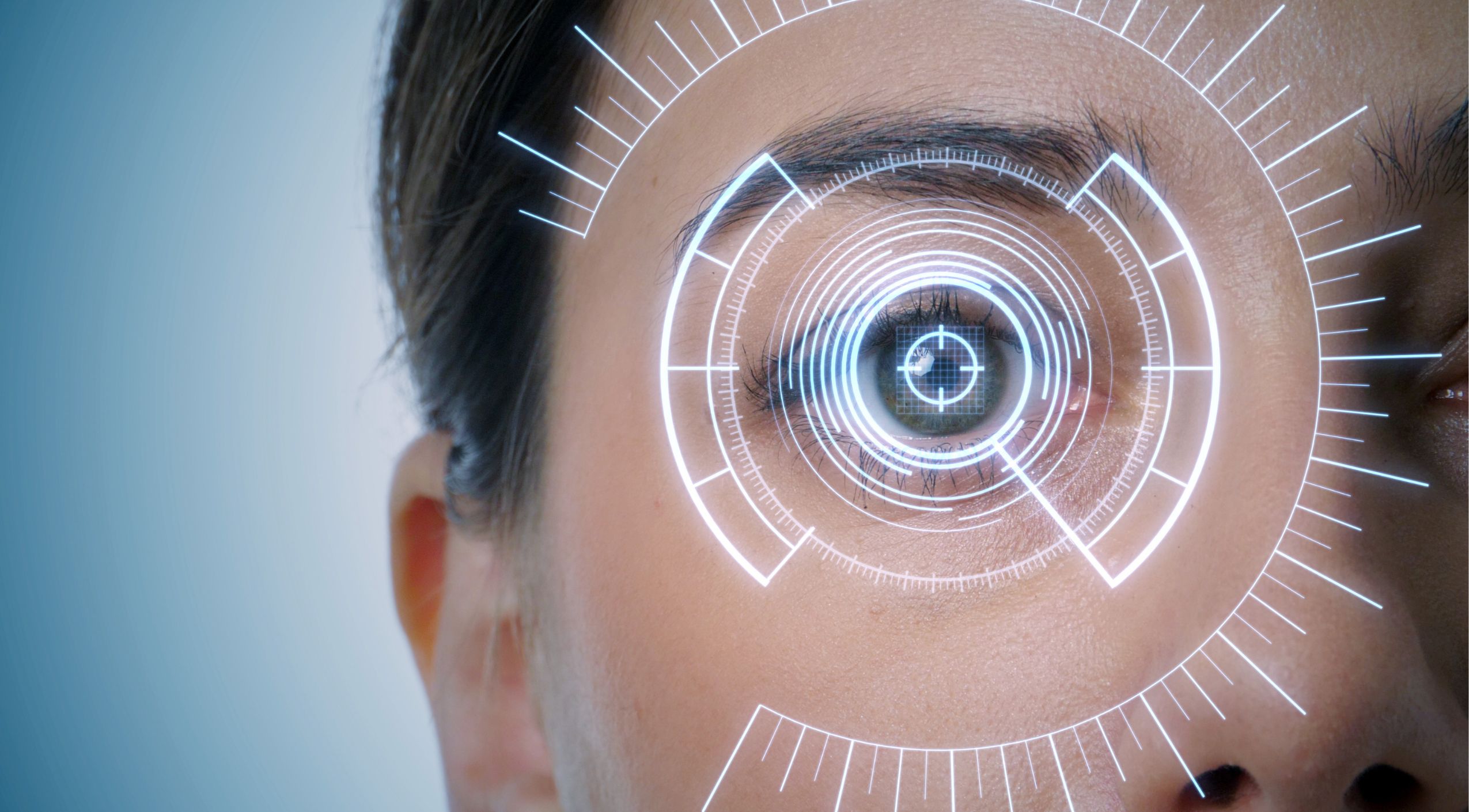In recent years, eyeglass lens technology has undergone remarkable transformations, leading to a variety of options that cater to diverse vision needs and lifestyle preferences. This article explores the various types of lens technologies available in the market, highlighting their unique features and benefits.
1. High-Index Lenses:
High-index lenses represent a significant advancement in eyewear technology. These lenses are thinner and lighter than traditional plastic or glass lenses, making them an ideal choice for people with strong prescriptions. High-index lenses not only improve aesthetics by reducing the thickness of the lens but also enhance comfort, especially for those who wear glasses for extended periods.
2. Progressive Lenses:
Progressive lenses, often referred to as “no-line bifocals,” offer a seamless transition between different lens powers for distance, intermediate, and near vision. Unlike bifocals or trifocals, progressive lenses do not have visible lines, offering a more youthful appearance. They are ideal for individuals with presbyopia, providing a more natural visual experience.
3. Photochromic Lenses:
Photochromic lenses are a dynamic choice for those who frequently move between indoor and outdoor environments. These lenses automatically darken when exposed to UV light and return to a clear state indoors. They provide the convenience of sunglasses and regular glasses in one, reducing the need to switch between different pairs of eyewear.
4. Polarized Lenses:
Polarized lenses are designed to reduce glare from surfaces like water, snow, and glass, making them a popular choice among outdoor enthusiasts and drivers. They improve visual clarity and reduce eye strain in bright environments. Polarized lenses are especially beneficial for activities such as fishing, skiing, or driving.
5. Blue Light Blocking Lenses:
With the increasing use of digital devices, blue light blocking lenses have gained popularity. These lenses filter out blue light emitted by screens, potentially reducing eye strain and improving sleep quality. They are an excellent choice for individuals who spend long hours in front of computers or smartphones.
6. Aspheric Lenses:
Aspheric lenses have a slimmer, more attractive profile than conventional lenses. They are designed with varying degrees of curvature, which reduces distortions and provides a wider field of view. These lenses are particularly beneficial for those with high prescriptions, as they offer improved aesthetics without compromising visual quality.
7. Trivex and Polycarbonate Lenses:
Trivex and polycarbonate lenses are known for their impact resistance and lightweight properties. They are an excellent choice for children’s eyewear, sports glasses, and safety glasses. These materials also offer built-in UV protection, making them a practical option for everyday wear.
Final Thoughts:
Choosing the right lens technology can significantly impact your vision and overall quality of life. It’s advisable to consult with an eye care professional to determine the best option based on your prescription, lifestyle, and eye health. With the right pair of lenses, you can enjoy clearer vision, greater comfort, and improved eye health.

